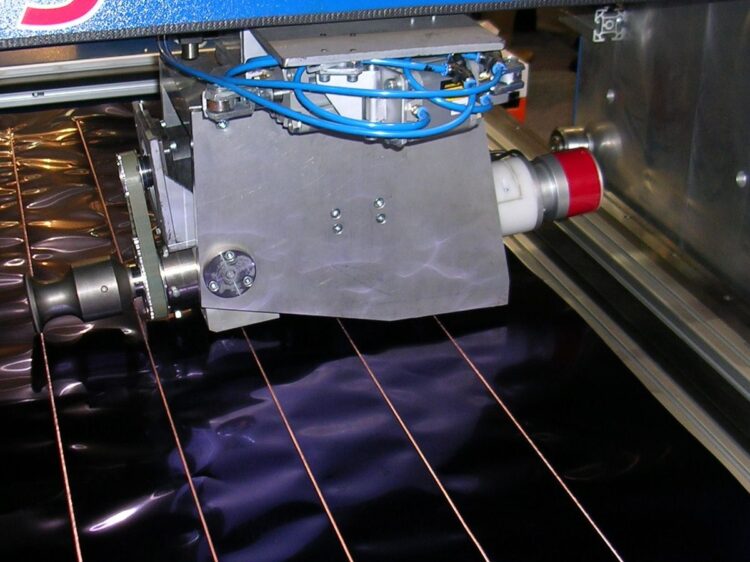Numerous pieces of medical equipment need some assembly in some way. These include wearable devices, drug delivery, surgical instruments, diagnostic cartridges, and in-vitro tests. The mode of welding required in such devices is the ultra-welding system. These medical devices are often expensive, and when doing the ultra-welding, its needs to be done by an expert such as Micro Weld, Inc to ensure they assemble and designed them perfectly. It’s crucial to note that most of the ultra-sealing equipment runs almost 24/7 hence can lead to wear and tear. This can lead to other problems due to a lack of preventive maintenance and regular calibration. When considering Medical Welding, you must ensure the equipment is tall enough. This article will outline the steps toward effectively upgrading ultrasonic welding systems in medical Applications.
3 Steps Towards Upgrading the Ultrasonic Welding System

If you have an ultrasonic welding system in your medical facility, it might cause problems due to maintenance failure. Some of the equipment fails due to age; replacing them for repair can be difficult and costly. This can further lead to downtime in the facility and other operations. The medical device manufacturing standards demand higher quality, integrity, security, and data collection. The information from this system must be monitored using site-based personnel to avoid any complications. To upgrade the equipment, the manufacturers must improve productivity and enable real-time control and maintenance. They will also need to adapt to the complex assembly. Below are some of the steps to consider for the upgrade.
1. The Component of Concern
Two significant parts can lead to complexity when upgrading an ultrasonic welder system. One of the notable failures is the power supply that controls all the ultrasonic processes and helps monitor the welding process. If the power supply component fails, it will lead to downtime until the replacement parts are available. Another component is the acoustic stack, which comprises the booster and converter. The acoustic is often designed to vibrate at a set amplitude and frequency, which generates compressive force and frictional heat to complete the weld. These components can be affected by materials fatigue, ordinary wear, and microfractures and can lead to catastrophic failure. That’s why it needs to be monitored and carefully maintained.
2. New Power Supply Technology
With technological improvement, power supplies are constantly being developed to help transition from analog to fully digital. The available power supply makes enhancing communication, monitoring, and real-time control easy. Upgrading the ultrasonic welding system helps optimize system performance and minimize unplanned downtime.
3. Dynamic Mode
Most medical devices have complex parts that require a high level of automation and very tight tolerance. Some components have plastics containing compressible elements inserted into substrates with complex variations and inconsistencies. Bioplastics can be used when upgrading the ultrasonic system since they require lower temperatures and an overall processing window to achieve quality weld.

Final Note
You should consider the above when upgrading the ultrasonic welding system. It’s important to always consult with the expert to get guidance on upgrading the system. Further, you can outsource services from reputable welding service providers to avoid downtime and ensure every facility process is progressing.
 Hi Boox Popular Magazine 2024
Hi Boox Popular Magazine 2024



